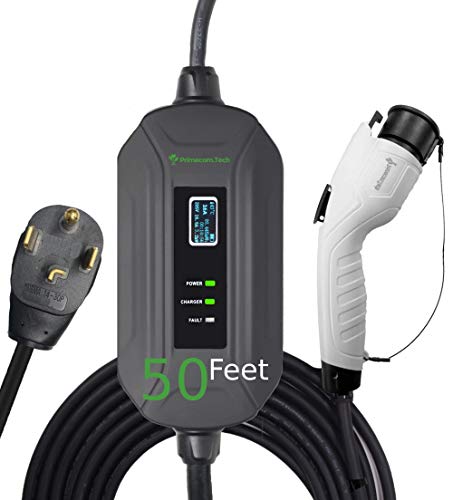peteinlongbeach said:
In my opinion, the steering is a bit quickly geared for the average driver. I also believe the front end geometry could benefit from more caster, which would induce more self-centering and stability (this is unfortunately not adjustable on the i3). Also, the rear mounted motor / rear drive contributes to the dynamics somewhat. Finally I think the LRR tire design contributes to road contour and groove sensitivity. All of these elements add up...
I could be wrong, but here is what I perceive on the i3 steering. First, it is quick, with small steering inputs yielding large yaw changes. However, I believe it has a large hysteresis that shows up at center/straight mostly. When the wheel is under the slightest tension, it is excellently responsive, as a fine sports car should be. However, there is nearly half an inch of free play when the wheel is not under tension, and that makes the car feel skittish.
Most of my previous cars have have much slower steering, but nearly zero hysteresis. When tooling down a straight road, most precision cars will stay centered in the lane with barely a thought, much less any noticeable wheel movement. With the i3, I can purposely move the wheel left or right within that "center zone" and see absolutely no car response. So, for example, every time I do need to adjust within a lane on a straight road, the first 1/8" to 1/4" of wheel turn does nothing, and the next 1/16" gives me the full steering input I want. On my Lexus ES with much slower steering, the first 1/32" wheel turn noticeably starts the correction, but I may need a ½" to get the full correction I want.
The transition from dead zone to actual steering input is hard to feel, unless you try, and then it is quite noticeable. You can feel it with the car turned off just wiggling the wheel slightly without getting any tire movement on the pavement.
I took the car to the dealer to complain about this. The service tech drove the car with me, and within a mile stretch on the freeway, he said he could clearly feel what I was talking about, but had never noticed that on any other BMW. He said he would contact HQ and let me know what could be done. The answer was the steering was responding as expected.
I am pretty used to this now, and it does not bother me much, but it drove me crazy for the first few hundred miles with the car.





















![[Updated] 600W Power Inverter for Vehicles 12v to 110v, Dual DC to AC Car Inverters Converter Car Adapter for Wall Plug Outlet with USB C 65w/24W Fast Charge for Laptop Road Trip/Long Drive/Camping](https://m.media-amazon.com/images/I/41+ce37YsRL._SL500_.jpg)
























![300W Car Power Inverter DC12V to AC110V,Dc to AC Car Plug Adapter Outlet with Multi USB[24W USB-C] /USB-Fast Charger(24W) Car Inverter,Car Charger for Laptop Vehicles Road Trip PISIFAU](https://m.media-amazon.com/images/I/41+ox0CwBYL._SL500_.jpg)

